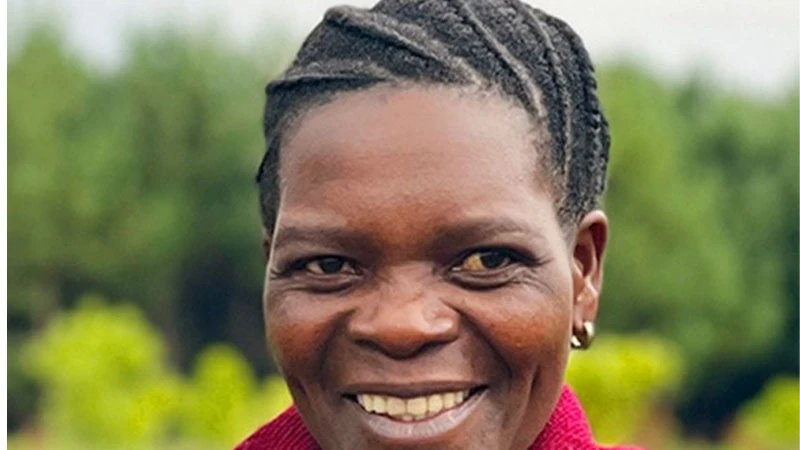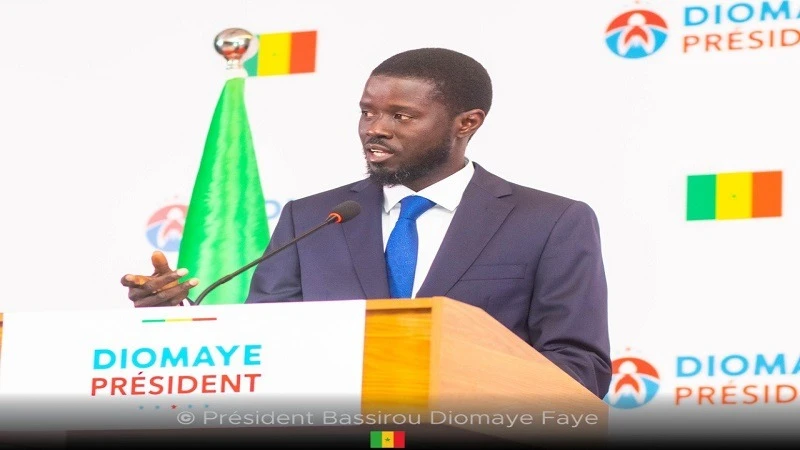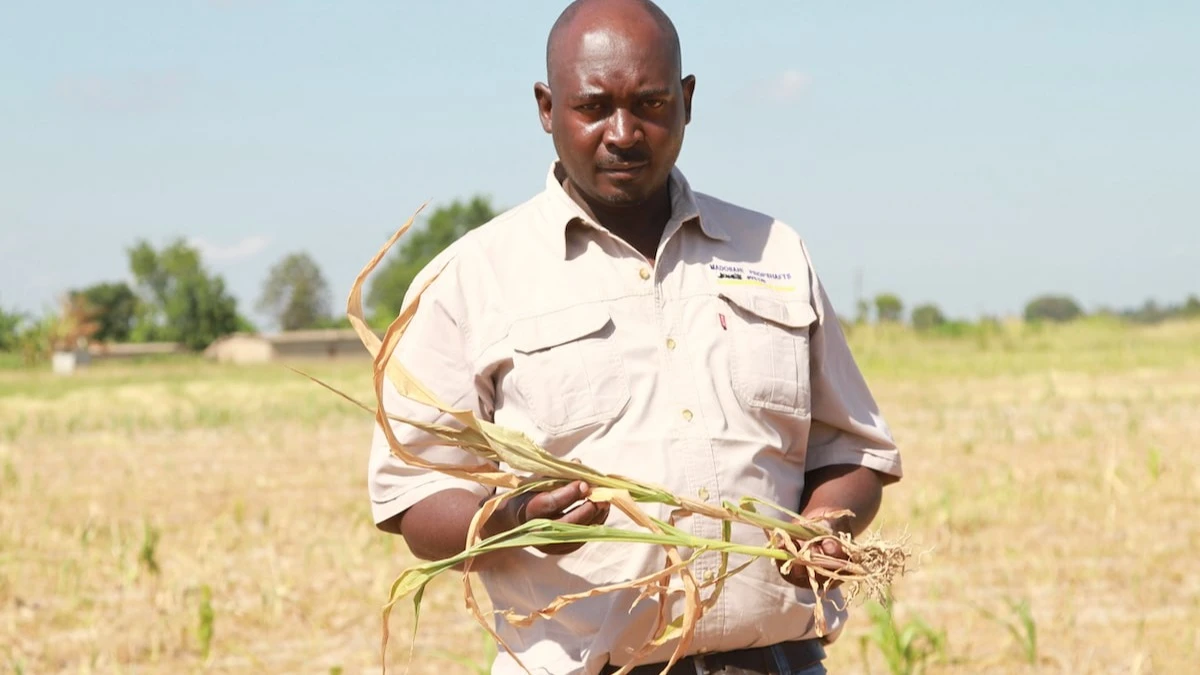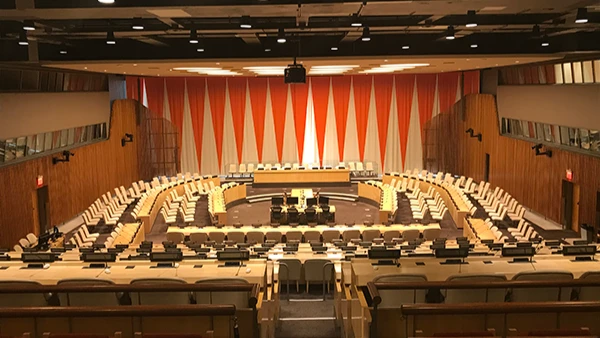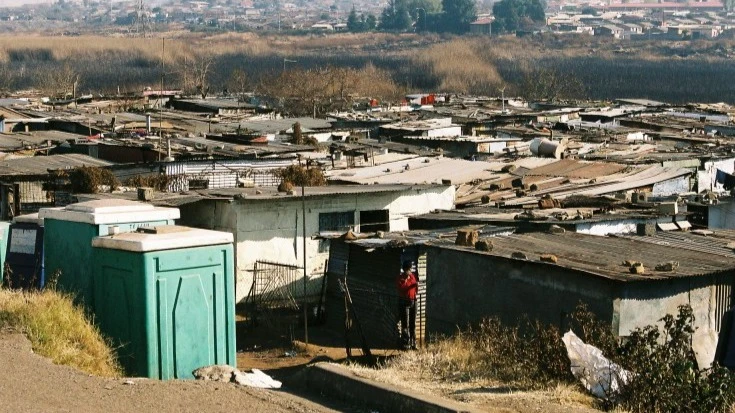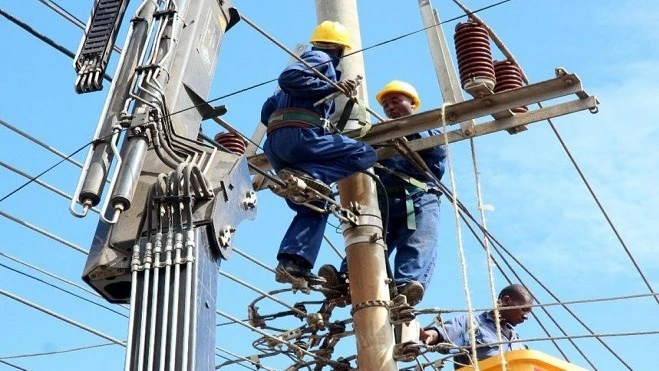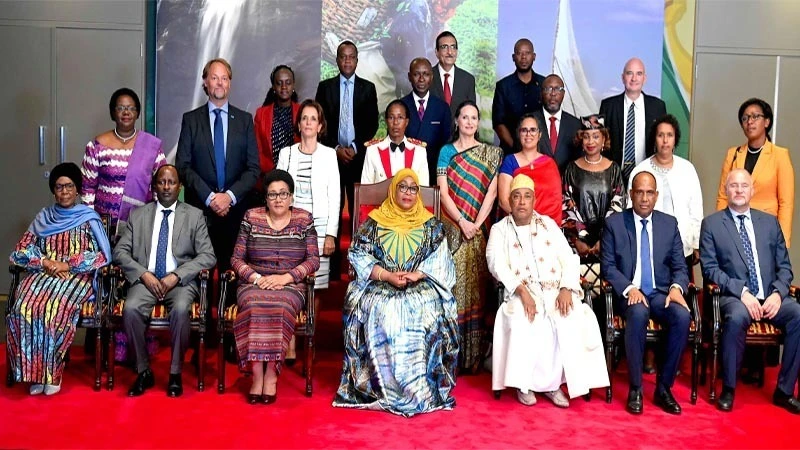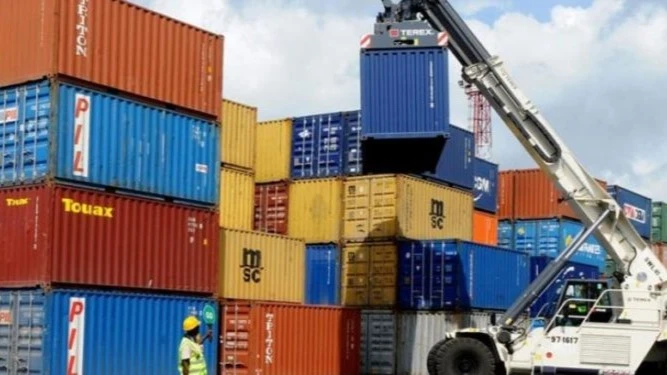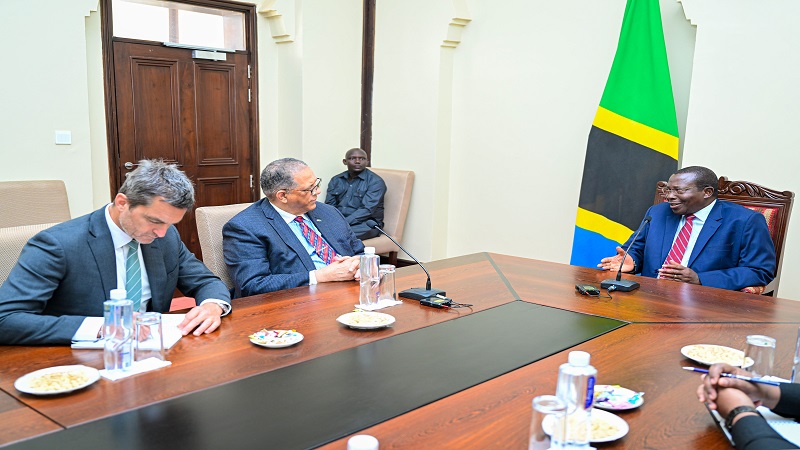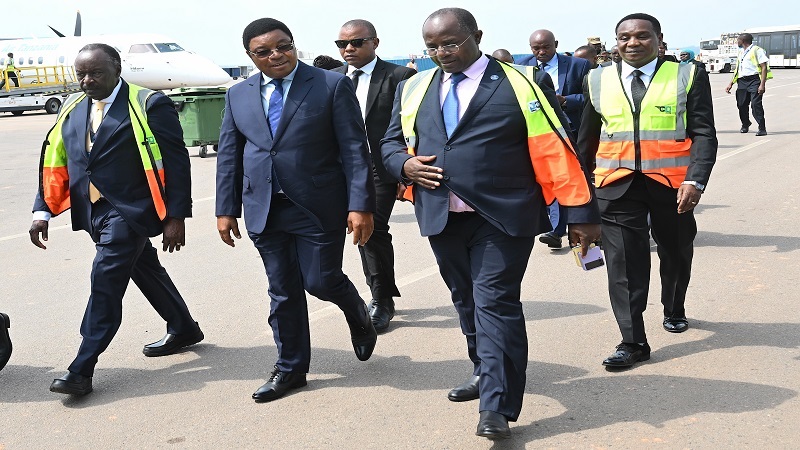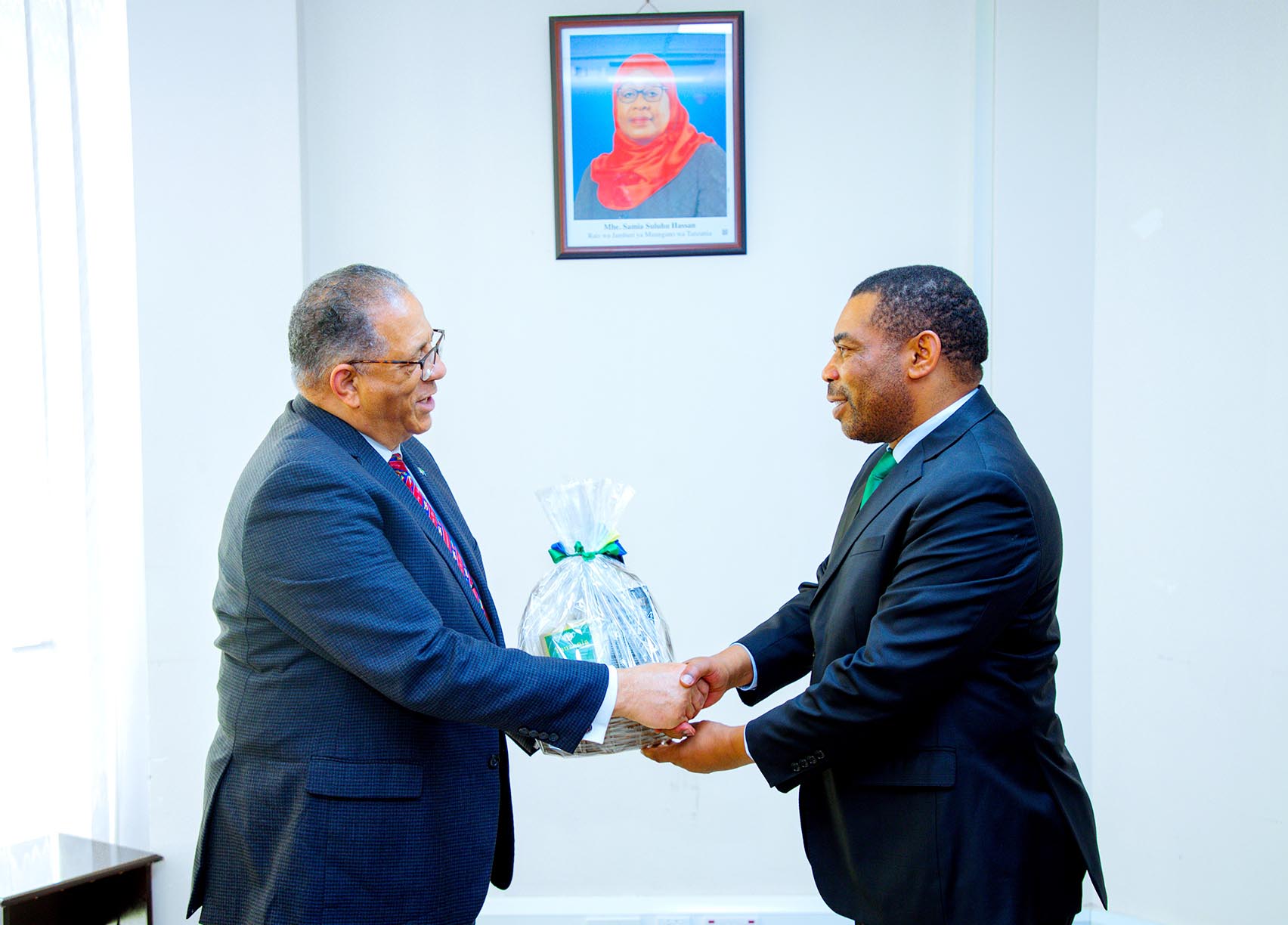Tanzania’s electrification drive: A step towards sustainable rural devt
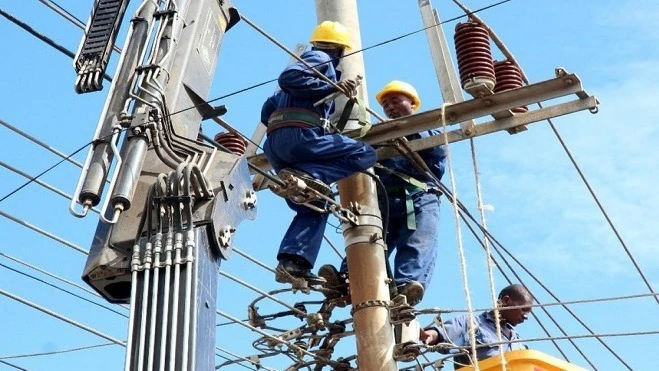
AS Tanzania prepares to host the upcoming Africa Heads of State Energy Summit later this month, the nation has already made major strides in its quest to improve energy access, particularly in rural areas.
The Rural Energy Agency (REA) has made a leap forward, achieving 99.9 percent electrification of all villages in mainland Tanzania by the end of 2024, a milestone that highlights the country’s commitment to sustainable development, social equity, and economic empowerment.
Looking back at the progress Tanzania has made in providing electricity to its rural communities, as of October 2007, only 506 out of Tanzania’s 12,318 villages—just 2 percent of the rural population—had access to electricity. Fast forward to December 2024, and 12,301 villages have been connected to the national grid.
The progress is a testament to the government's sustained efforts in extending energy services to some of the most remote areas of the country.
Speaking in Dar es Salaam recently during a media workshop, Director of Rural Electrification at REA, Eng. Jones Olotu, expressed his pride in the achievement, noting that the project has brought electricity to over 99.9 percent of the nation’s villages.
“When we started, only 506 villages had electricity. Today, we have connected 12,301 villages, leaving just 0.1 percent without electricity,” Olotu said.
The initiative, funded by both the Tanzanian government and international partners, has been vital in transforming rural lives.
Beyond the impressive coverage in villages, the project is also tackling electrification at the hamlet level. As of 2024, 33,657 out of Tanzania’s 64,359 hamlets have been connected to the grid, which accounts for 52.3 percent of the total.
The government is working towards connecting the remaining 30,702 hamlets over the next five years, contingent on funding availability. The ambitious plan is not just about providing power; it’s about creating opportunities for rural communities.
“By electrifying villages and hamlets, we are creating investment opportunities, boosting local economies, and reducing rural-urban migration,” Olotu said.
The impact of this electrification project goes beyond just lights and power; it empowers rural residents by opening doors to new industries, better education, healthcare, and water systems. It’s also an essential step in reducing poverty, as access to electricity enables rural entrepreneurs to start businesses and create jobs.
As part of the electrification effort, the government is also focused on providing free connections to citizens, with a nominal fee of 27,000/- required for installation. This is a part of the government's strategy to ensure that the rural population, especially in remote areas, can access essential services without being burdened by prohibitive costs.
The availability of electricity is crucial for other sectors like healthcare, water, and education. “Electricity is vital for operations in hospitals and clinics, for running water pumps in rural areas, and for lighting up schools and classrooms,” said. Ensuring that rural areas are electrified is not just about convenience—it’s about creating an environment in which these sectors can function effectively and contribute to the overall development of the country.
Currently, only 17 villages remain without electricity, and contractors are working hard to ensure these villages are connected by the end of January 2025.
He expressed confidence that the final push will bring the country’s electrification efforts to a close, with the government turning its attention to electrifying households.
“Our goal is to ensure that every household, particularly in rural areas, has access to electricity. Once we finish electrifying the remaining villages, we will focus on hamlets, where we have already started work, and then extend the connections to individual homes,” Olotu said.
Tanzania’s Energy Vision on the African Stage
The success of Tanzania's rural electrification efforts is a significant achievement that aligns with the continent’s broader energy goals.
As energy poverty remains a key challenge across Africa, the upcoming Africa Heads of State Energy Summit scheduled on January 27 to 28, provides a platform for Tanzania to showcase its achievements and contribute to the regional dialogue on energy access, sustainability, and development.
The Tanzanian experience is a model of how a country can overcome the challenge of energy access in rural areas by committing to large-scale infrastructure projects, collaboration with international partners, and a clear focus on the social and economic benefits of electricity. It also underscores the importance of energy in addressing some of Africa's most pressing issues, from healthcare and education to poverty alleviation and gender equality.
“We are focused on providing electricity not just as an energy source, but as a tool for socio-economic transformation,” said Olotu. As Tanzania continues to make progress in rural electrification, it sets a powerful example for the rest of Africa, showing how energy access can drive inclusive development and help build a more prosperous and sustainable future.
Ambassador Noel Kaganda, Director of Multilateral Cooperation at the Ministry of Foreign Affairs and East African Cooperation, highlighted Tanzania’s achievements in the energy sector.
“By December 2024, the country’s electricity generation capacity reached 3,169.20 megawatts. Access to electricity has surged from 14 percent in 2011 to 78.4 percent in 2020, driven REA connecting nearly all villages to the national grid,” he said.
He said the summit presents an opportunity to showcase Tanzania’s progress in energy development and strengthen its global standing.
As Tanzania approaches the 100 percent electrification of its villages, the government’s efforts offer a blueprint for other African nations facing similar energy challenges.
Top Headlines
© 2025 IPPMEDIA.COM. ALL RIGHTS RESERVED


